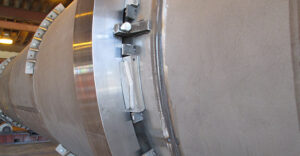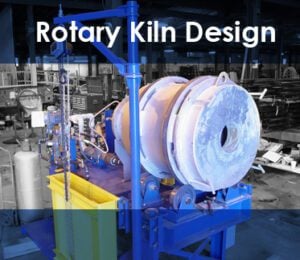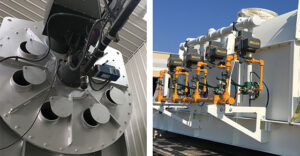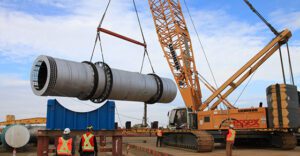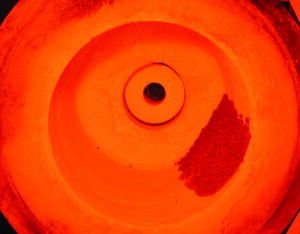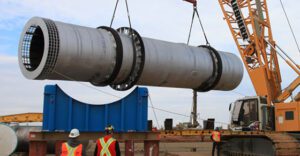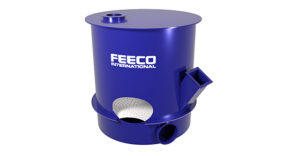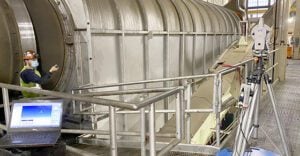Rotary Drum Tire Maintenance: Reshim, Remount, Replace
Rotary drums, used in applications ranging from drying and granulation to thermal processing, are subject to significant mechanical stresses over time. One of the most critical components of a rotary drum maintenance program involves maintaining proper drum alignment and structural integrity of the tire, or …

